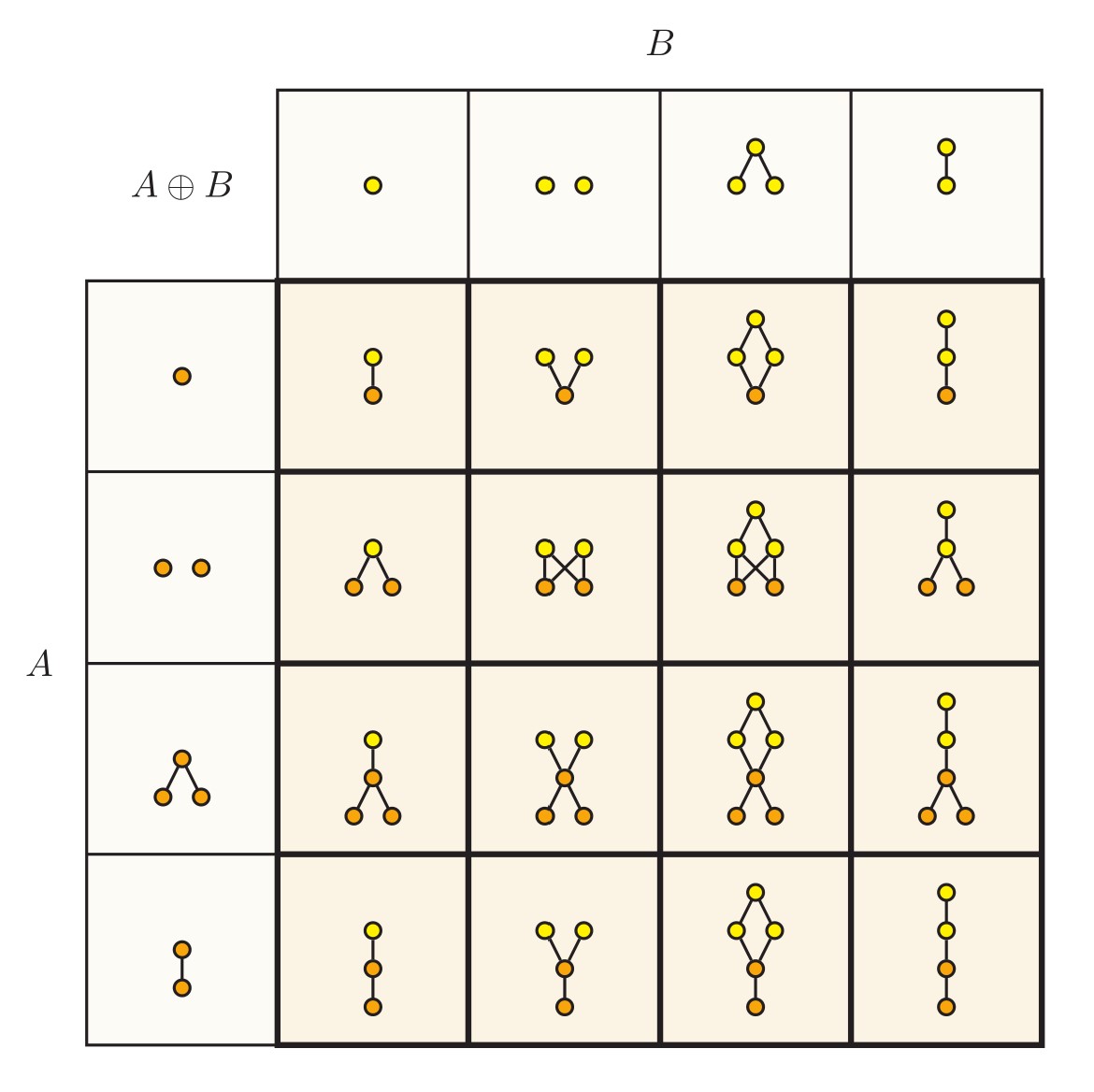An imaginary mathematical history.🧵
I should like to sketch an imaginary mathematical history, an alternative history by which the continuum hypothesis (CH) might have come naturally to be seen as a core axiom of set theory and one furthermore necessary for ordinary mathematics.
I should like to sketch an imaginary mathematical history, an alternative history by which the continuum hypothesis (CH) might have come naturally to be seen as a core axiom of set theory and one furthermore necessary for ordinary mathematics.
Let us imagine that in the early days of calculus, the theory was founded upon infinitesimals, but in a clear manner that identified the fundamental principles relating the real field ℝ to the hyperreals ℝ*, identifying the transfer principle and saturation.
And let us further imagine that in the heady developments at the end of the 19th and into the early 20th centuries providing the categorical characterizations of ℕ and ℝ, that a Zermelo-like figure provided also a categorical characterization of the hyperreal field ℝ*.
To be sure, this is not possible in ZFC, since there are different nonisomorphic ultrapowers ℝ^ℕ/U. The basic mathematical fact is that "the hyperreals" is not meaningful in plain ZFC—it does not determine a unique structure up to isomorphism.
But if we assume CH, however, then all such models are isomorphic, and we are able to provide a categorical characterization of the hyperreals in ZFC+CH. Namely, there is a unique saturated model of size continuum satisfying the transfer principle with the real field.
What I am asking you to imagine is that this key theorem, providing a fundamental characterization of the hyperreals, and thus of all the core concepts of calculus, was presented by some Zermelo-like figure at the dawn of the 20th century, as a theorem of set theory.
Of course, the figure would have to have provided the axioms of set theory supporting the proof, and these axioms would have included CH, much like the actual Zermelo had included the axiom of choice in his formalization in set theory of his proof of the well-order theorem.
Thus, CH would have been on the official axiom list, seen as necessary for proving the very welcome fact that the hyperreals are a definite mathematical structure. In this way, CH could have come to be seen as a core principle, necessary for the success of ordinary mathematics.
Later discoveries via forcing that without CH there can be multiple non-isomorphic hyperreal fields would have been seen as prima facie evidence for CH, since dropping it gives rise to the chaos of bizarre multiple interpretations for a fundamental mathematical idea.
@UnrollHelper unroll please
• • •
Missing some Tweet in this thread? You can try to
force a refresh

 Read on Twitter
Read on Twitter







